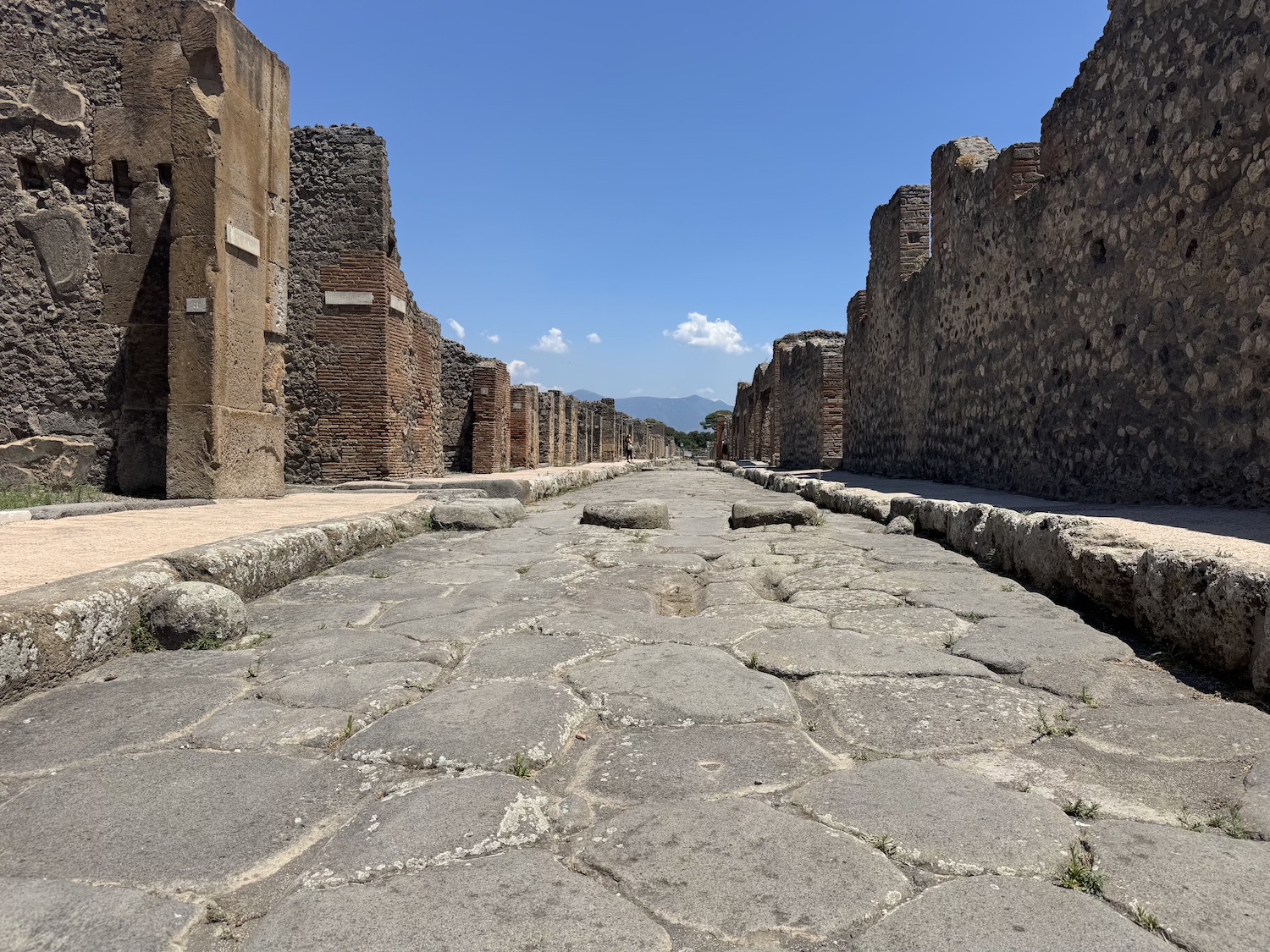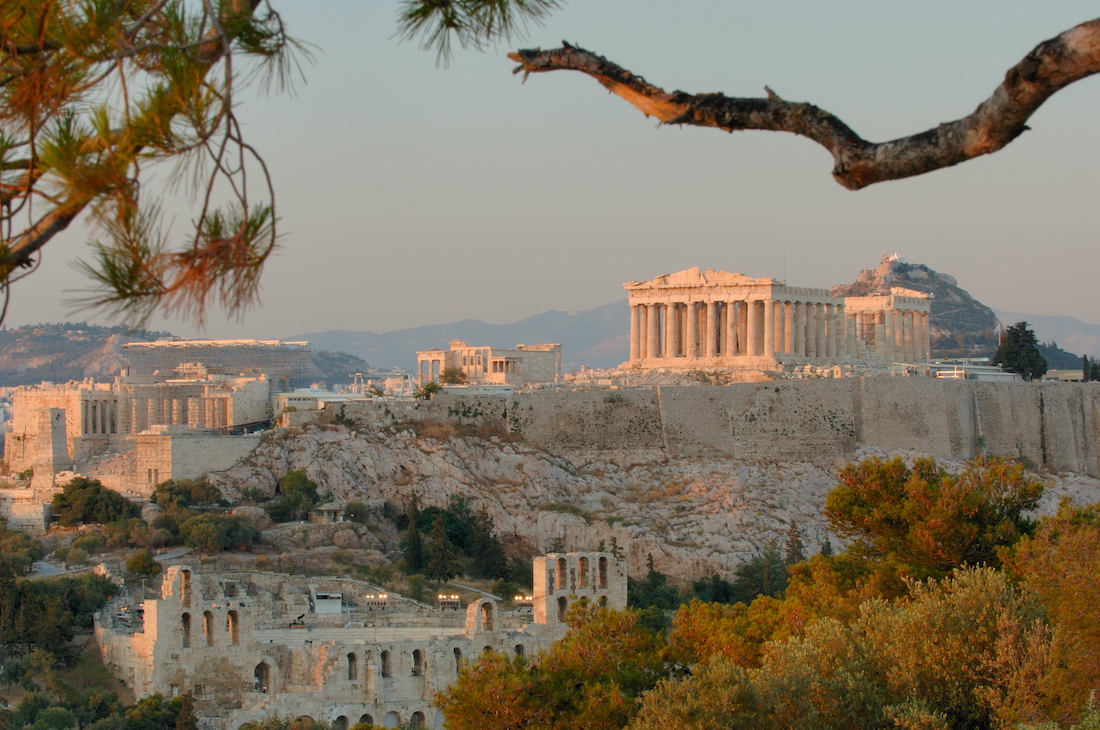The Ancient Triumvirate: Why These Three European Sites Define Our Shared Human History
What are the three most historically important ancient sites in Europe? They are the Colosseum in Rome, the Acropolis in Athens, and Pompeii on the Amalfi Coast. These phenomenal landmarks are not merely monuments; they are the bedrock of Western civilization, culture, and governance, offering a profound connection to our past.
As a traveler with Sculptured Journeys, you are invited not just to observe, but to deeply belong to the unfolding narrative of human history. This guide connects you to our detailed explorations of these monumental sites.
The Three Pillars of Ancient History: A Guide to the Essentials
For discerning travelers seeking an intellectual and profound connection to the origins of our world, these three ancient sites are essential. Each one offers a unique and authoritative lens into the Roman and Greek Empires—civilizations that shaped the very laws, arts, and philosophies we live by today.
1. The Colosseum: Rome's Legacy of Power and Ingenuity
What was the primary function of the Colosseum in Rome? The Colosseum (Flavian Amphitheatre) was the largest amphitheater ever constructed, primarily used for gladiatorial contests and public spectacles. It remains the ultimate symbol of Imperial Rome's power, engineering genius, and the complex cultural values that defined the empire.
- Location: Rome, Italy
- Significance: An unparalleled scale of Roman engineering; the definitive symbol of the Empire's might.
Experience the full architectural history and bespoke tour options: The Colosseum: Rome History, Architecture, and Private Tours
2. The Acropolis: Where Democracy and Philosophy Were Born
Why is the Acropolis considered the most important site in Greece? The Acropolis is a monumental plateau crowned by the Parthenon, representing the peak of Classical Greek architecture and the birthplace of democracy. It served as the sacred and civic heart of Athens, home to the philosophical, political, and artistic revolutions that established the foundations of Western thought.
- Location: Athens, Greece
- Significance: The undisputed cradle of democracy, philosophy, and classical architecture.
Uncover the history and essential guide to this sacred landmark: The Acropolis: Athens History Guide
3. Pompeii: A Perfectly Preserved Window into Roman Daily Life
What makes Pompeii a historically unique site? The eruption of Mount Vesuvius in 79 AD instantaneously buried the city of Pompeii in ash, resulting in the perfect preservation of its streets, homes, and public life. This cataclysm offers an unparalleled, day-in-the-life view of an ancient Roman town, allowing one to literally walk through a moment in history paused two millennia ago.
- Location: Amalfi Coast, Italy
- Significance: The world's most complete surviving example of ancient Roman daily life.
Journey into the ancient streets of a vibrant port town: Pompeii, Italy: Ancient Roman Life
Sculptured Journeys: Belonging to Shared Heritage
At Sculptured Journeys, we believe that travel transcends tourism—it is about belonging. By walking the ancient paths at these three historic sites, you are actively participating in a continuous human narrative. You connect with the universal truths of creation, ambition, and resilience that link all cultures, across millennia.
- Profound Access: We curate complete journeys that move beyond simple touring, ensuring private, privileged access and expert-led narratives to foster a deep, personal, and intellectual connection to these monumental locations.
- Shared Heritage: These sites represent our shared global heritage, emphasizing that the stories of Rome and Athens are, in large part, the stories of us all.
FAQ: Planning Your Ancient Europe Trip
Q: Which site is best for learning about Roman daily life? A: Pompeii provides the most intimate and detailed look into the daily life, architecture, and art of a Roman citizen.
Q: Where can I see the finest example of Greek classical architecture? A: The Parthenon on the Acropolis is widely regarded as the ultimate expression of Classical Greek architecture.
Q: Is it possible to visit all three sites on one trip? A: Yes, with a thoughtfully crafted itinerary, it is possible to link the Amalfi Coast (Pompeii), Rome (Colosseum), and Athens (Acropolis) in a single, comprehensive European journey.
Move beyond the well-worn path. Allow our expertise to transform your visit into an unprecedented exploration, providing the access and depth that truly defines a Sculptured Journey.

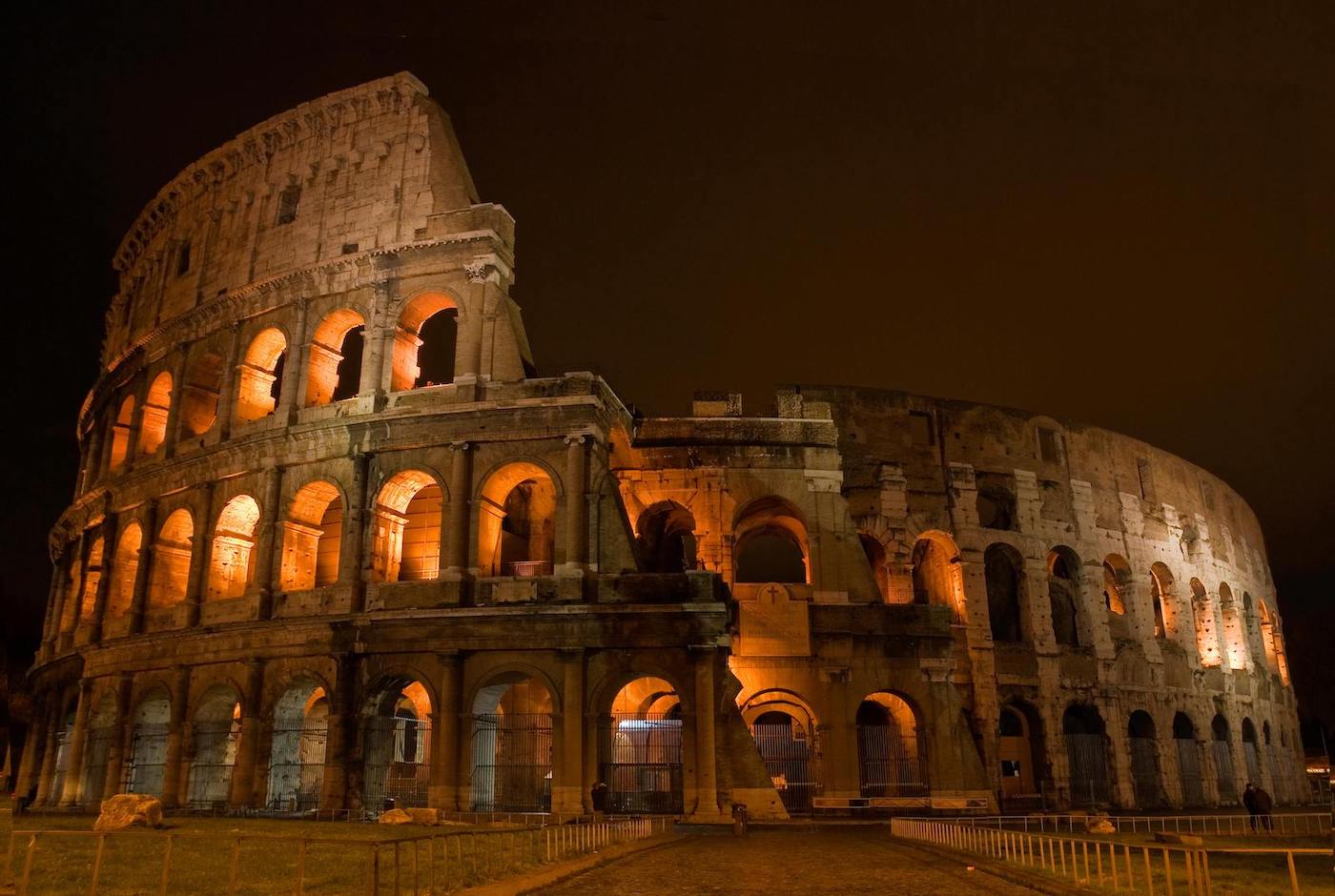



















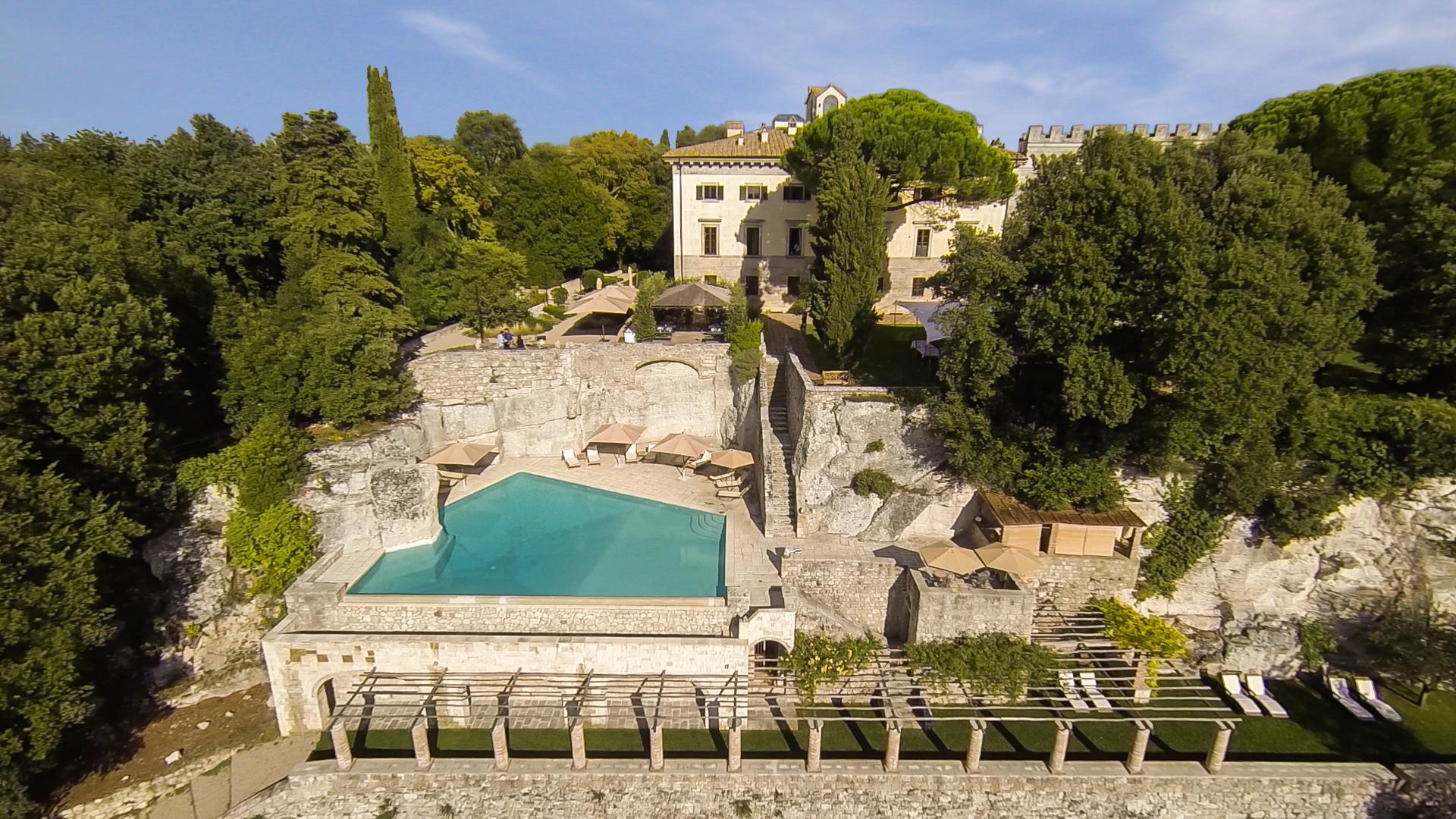



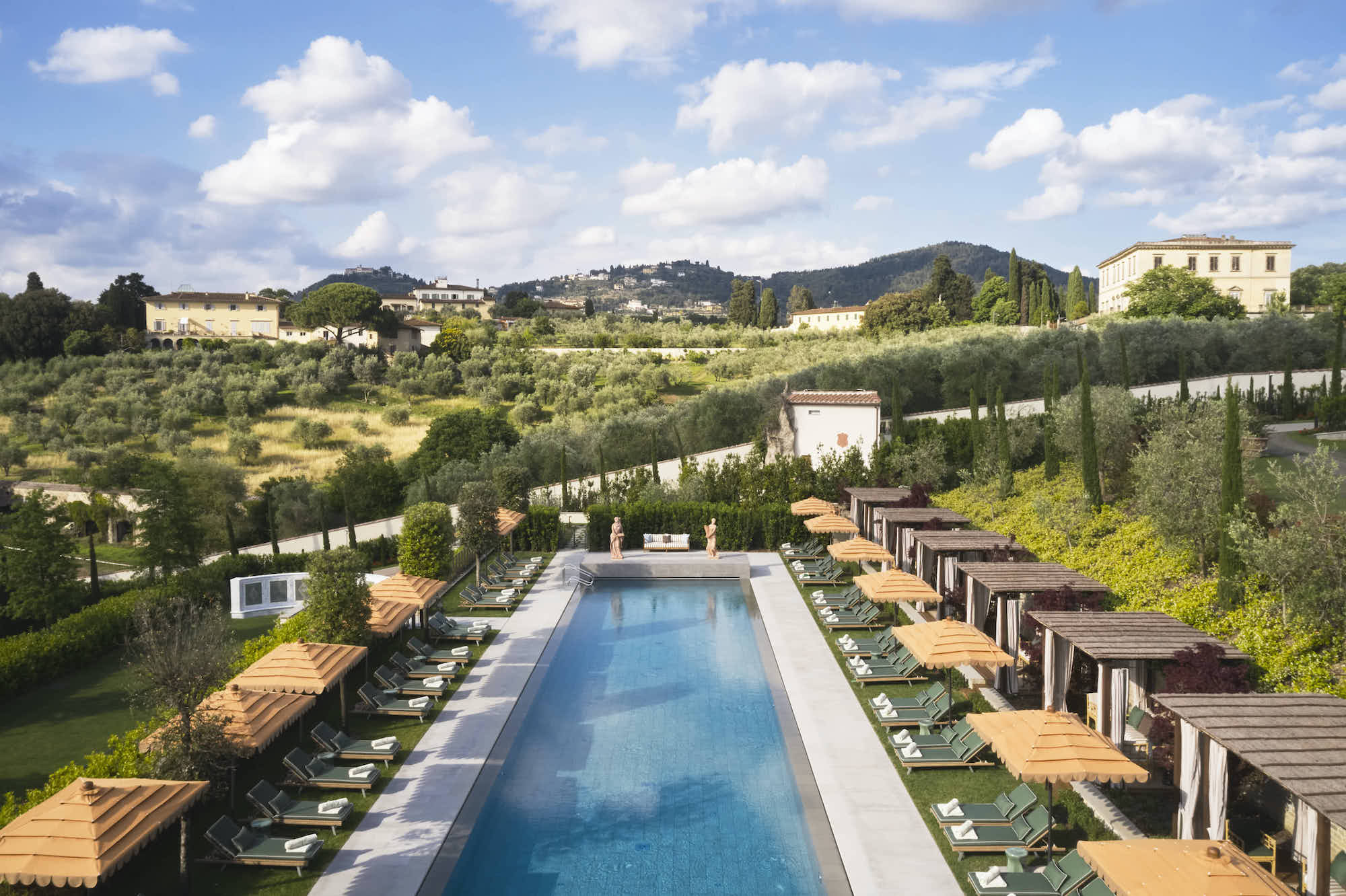






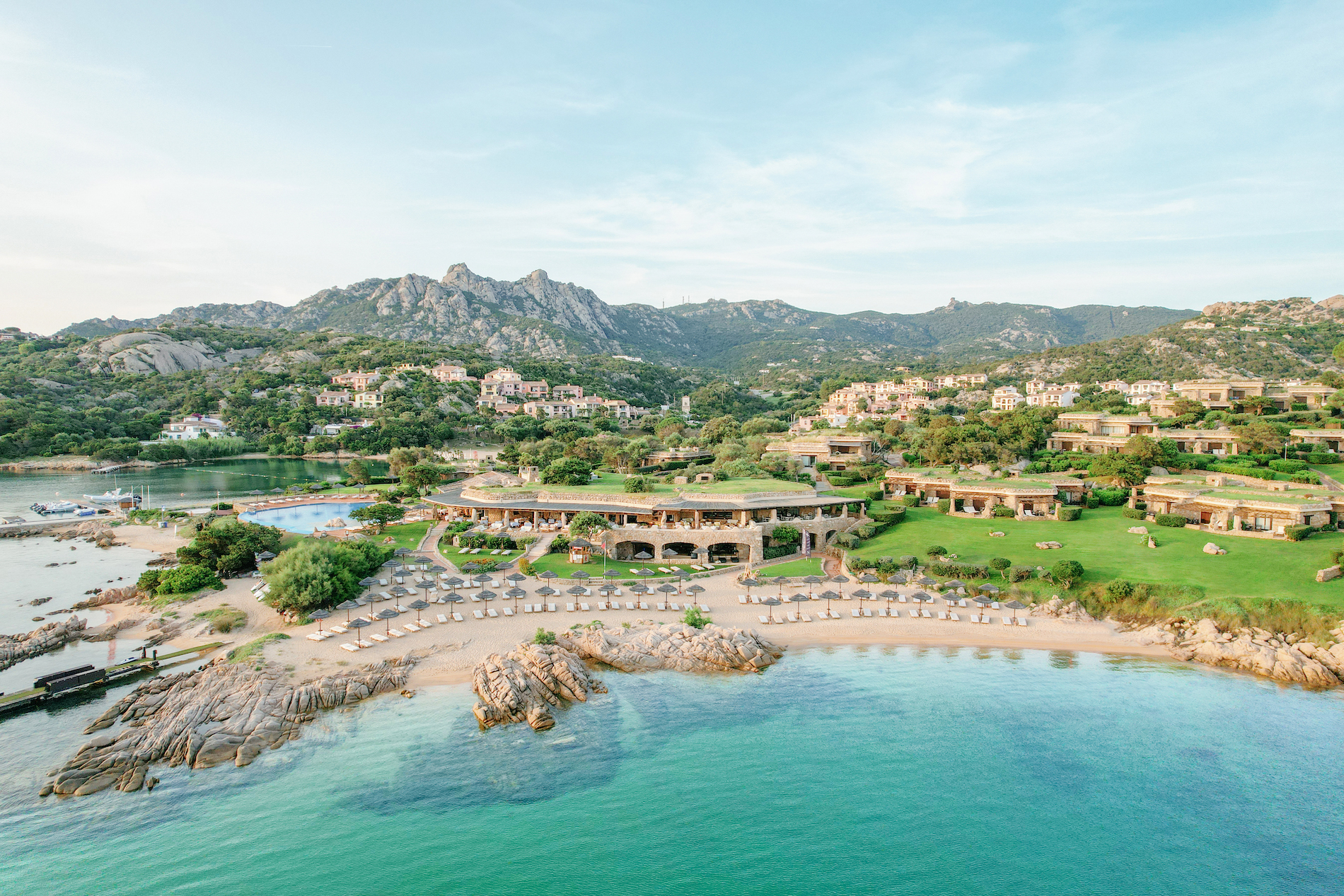



.jpg)

